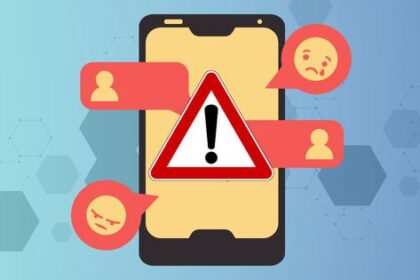Exploring the pivotal role of body language in enhancing workplace communication and leadership effectiveness
Months after a transformative retreat, Karthik, Rajesh, and Priya were fully engaged in their roles at a bustling office in Cybercity, Gurugram. Rajesh had notably evolved during this period. He exhibited a newfound confidence, articulating his ideas with clarity and effortlessly navigating interactions with various stakeholders. His ability to bridge cultural and communication gaps showcased his exceptional leadership skills, earning him respect and admiration from colleagues across the organization.
During a casual moment by the coffee vending machine, Karthik commended Rajesh for his impressive transformation, saying, “You have truly come a long way.” Rajesh, humbled by the compliment, reminded Karthik of his earlier promise to invite their coach, Smita, for a session. “Karthik, remember our conversation at the retreat? Smita’s insights could help me to develop further,” he stated earnestly. Priya supported this idea, expressing that having Smita in the office would be beneficial for everyone involved.
Karthik, reflecting on their request, recognized the value of Smita’s coaching. He resolved to arrange a session, not only for Rajesh and Priya but for all senior leaders in the team. A fortnight later, Smita arrived at their office, her presence commanding yet warm, immediately putting everyone at ease as she mingled effortlessly with the gathered leaders.
Karthik welcomed Smita, sharing his gratitude for her acceptance of the invitation. He expressed how he had personally benefited from her coaching and believed the team could gain from her insights as well. Smita acknowledged his compliment with humility, emphasizing her commitment to helping leaders grow in their roles.
As the session progressed, Priya remarked on the power of nonverbal communication. Smita agreed, emphasizing that body language significantly influences a leader’s presence. “Our body language speaks even before we utter a single word,” she explained, highlighting that it shapes perceptions and impacts the dynamics of interactions. Smita noted that nonverbal cues account for 60 to 65% of the messages conveyed, with first impressions formed within the first ten seconds based on body language.
She elaborated on how body language could enhance or hinder conversations. For instance, crossing arms or avoiding eye contact might signal defensiveness, while maintaining open body language conveys confidence and engagement. Smita asserted that mastering body language could greatly enhance communication effectiveness and strengthen relationships.
When Priya inquired about specific aspects of body language that leaders should focus on, Smita highlighted the importance of posture. Maintaining an upright posture signals confidence and authority, while an open posture fosters approachability. Rajesh added that facial expressions are crucial in conveying emotions, to which Smita agreed, noting that warm expressions can communicate engagement and interest.
Smita also discussed gestures and eye contact, asserting that purposeful gestures can complement verbal communication while eye contact conveys sincerity. Voice modulation was another essential aspect she mentioned, as varying tone and pitch can capture an audience’s attention. Karthik pointed out the necessity for consistency between verbal and nonverbal cues, which Smita affirmed, underscoring that authenticity in communication breeds trust and confidence among leaders.
As the session concluded, Rajesh emphasized the importance of being mindful of body language and its impact on others. The insights shared by Smita served as a reminder of the crucial role effective body language plays in leadership and workplace communication.








